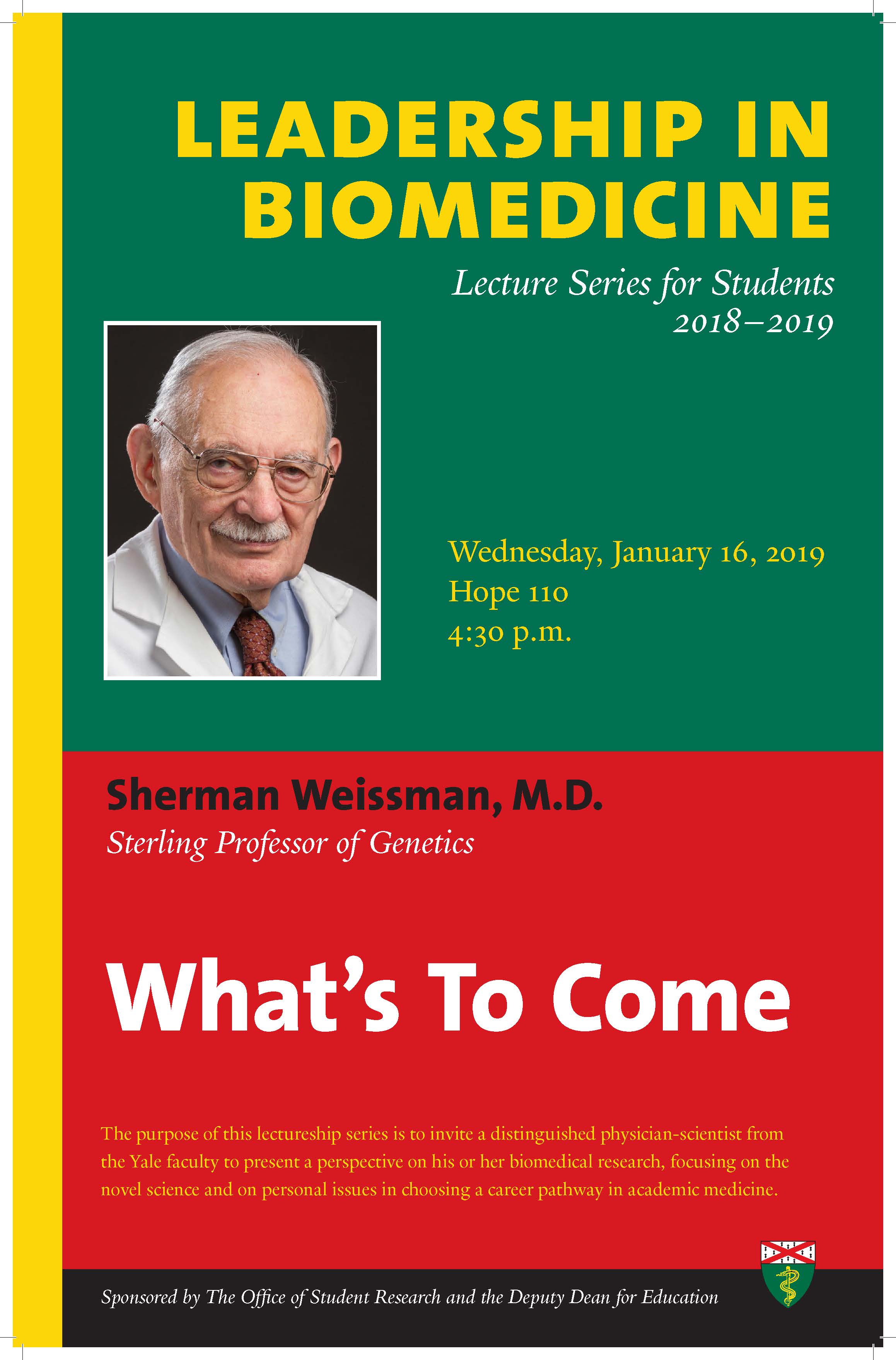COVID-19—An Illustrated Scientific Summary

What happens to your body when it’s exposed to the SARS-CoV-2, the virus that causes COVID-19? In this video, Clara Liao, a Yale School of Medicine PhD student, uses her own illustrations to explain COVID in a way that makes the science of the disease much easier to understand.
[Watch her other video on 5 steps you can take to prevent COVID-19 infection.]
“All viruses contain some genetic material—DNA or RNA,” Liao says. “COVID-19’s material is RNA encased in a protective shell called a capsid. This is all surrounded by an envelope made of lipids, which are essentially fats and proteins.”
COVID-19’s RNA contains the instructions for replicating the virus, but it lacks the machinery it needs to carry them out. So, the virus infects a human body and finds a cell with the right receptors—ACE-2 proteins.
“Essentially, it turns the cell into a virus-making machine,” Liao says. “Once it makes a ton of virus, it breaks out of and destroys the cell, and moves on to other cells to repeat the process.”
That viral process may bring on COVID-19 symptoms, including cough, fever, and difficulty breathing. (The cough is because the ACE-2 receptors tend to congregate in the upper-respiratory tract, which becomes inflamed and irritated.) “If you’re healthy, chances are the immune system will be able to fight off the infection here, before it’s able to spread down to the lower respiratory tract,” Liao says.
But, when that happens, the virus travels down to the lungs where it invades air sacs, signaling the immune system to do battle. This causes air sacs to swell and fill with fluid, and eventually collapse, leading to troubled breathing. In addition, the immune response releases specific proteins into the blood. They travel up to the brain to a region called the hypothalamus, which regulates temperature. This leads to fever. In a worst-case scenario, diminished oxygen in the blood can lead to organ failure.
Of course, none of this will happen if you can avoid becoming infected with the virus. “Respiratory viruses like COVID-19 are spread by droplets that are released when someone coughs or sneezes,” Liao says. “These droplets can stay aloft for 6 feet, so they can easily be transmitted to someone standing nearby, who is breathing in those droplets.” Droplets also can land on surfaces, and you may be exposed if you touch those surfaces and then touch your eyes, nose, or mouth, she says.
Social distancing and handwashing are effective strategies for avoiding COVID-19, Liao says. Soap has special molecules with hydrophilic heads (that are attracted to water) and hydrophobic tails (repelled by water and attracted to oil), so when you mix soap and water, the hydrophobic parts stick to the oil particles you are trying to wash off, and the hydrophilic parts follow the water when you rinse, taking along the oily substance. “Soap breaks apart the virus and gets it off your hands. But it takes 20 seconds for this to completely work,” Liao says.
As vaccines and potential treatments are still being developed, people who experience serious complications associated with COVID-19 will need supportive care. For some, this means providing ventilators to help patients breathe and treating complications that can result from the immune system being weakened and distracted. “But there are only so many ventilators and hospital beds available. If everyone gets sick at the same time, we won’t have enough resources, hospital beds, doctors, and nurses able to help every person who needs it,” Liao says.
This is why “flattening the curve” is so important, she adds. The curve represents a surge of cases too large for health care systems to handle, leaving medical professionals with few resources to save the lives of people who are at risk of dying from COVID-19. “But if everyone stays home, we can delay the number of cases over time and help keep the health care system from oversaturating, so we can help as many people as possible,” she says.
Click here to learn more about Yale’s research efforts and response to COVID-19.